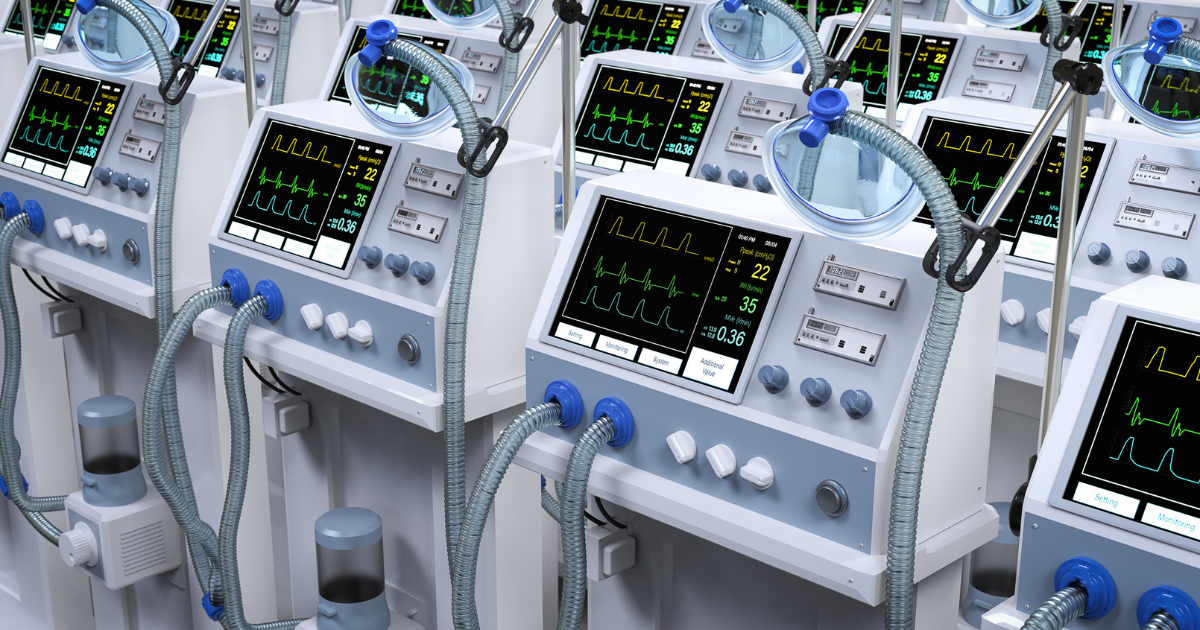What is Spare Parts Planning maturity, and why is it critical for medical equipment companies?

Spare Parts Planning maturity refers to the level of advancement an organization has in managing parts availability, forecasting demand, and aligning inventory with service needs. For medical equipment manufacturers and service providers, the stakes are higher than in almost any other industry, because downtime can directly impact patient lives.
Below, we’ll break down six key reasons why achieving maturity in Spare Parts Planning is essential for medical equipment companies and how it connects to inventory optimization, demand forecasting, compliance, and saving lives.
- Minimized Downtime for Medical Devices Means Better Patient Outcomes
In healthcare, downtime for devices like MRI machines, ventilators, or surgical robots can put patients at serious risk. An MRI outage delays critical diagnoses, a ventilator failure threatens immediate patient safety, and when surgical robots are unavailable, procedures can be postponed or canceled, changing outcomes for those in urgent need of care.
Mature Spare Parts Planning ensures:
- Fast Mean Time to Repair (MTTR)
- Ready availability of mission-critical components
- Compliance with <4-hour or next-day SLAs
Every improvement in repair speed or part readiness directly supports clinicians and protects patients who depend on these systems.
- Meeting Regulatory and Service-Level Requirements with Confidence
Healthcare providers and regulators hold medical device manufacturers and their subsequent service contracts to extremely high standards. Companies face:
- Stringent service-level agreements (SLAs) with hospitals and clinics
- Regulatory oversight (e.g., FDA, EU MDR) requiring documented, timely service
Mature inventory planning improves predictability and traceability. It helps reduce the risk of SLA penalties, failed audits, and compliance issues while strengthening trust with healthcare customers and regulatory bodies.
- Managing Unpredictable and Low-Volume Demand
Unlike consumer products, medical devices experience sporadic demand for parts. A ventilator valve might be idle for months, while an MRI coil could suddenly see spikes in use.
Advanced demand forecasting powered by AI/ML helps companies anticipate these patterns in demand for spare parts. Platforms like BaxterPredict optimizes inventory by:
- Keeping the right part in the right place at the right time
- Reducing costly overstocking
- Supporting critical repairs when they matter most
- Reducing the stocking of items that have expiration dates
A more accurate understanding of part usage not only improves readiness but also strengthens overall supply chain efficiency, setting the stage for smarter cost control across the healthcare network.
- Improving Cost-Efficiency Across Service Operations
With standard part prices rising over 10% in 2024, controlling costs has become a priority across the medical Service Supply Chain. Mature Spare Parts Planning supports inventory optimization by:
- Controlling carrying costs
- Reducing emergency shipment expenses
- Improving reverse logistics for medical field returns
The balance between cost and availability allows service operations to remain financially sustainable while ensuring critical parts are always within reach.
- Building Stronger Customer Loyalty and Trust in Medical Services
Hospitals and clinics expect speed and reliability. Missing SLA commitments can:
- Damage long-term customer trust
- Jeopardize renewals and contracts
- Harm brand reputation
Predictable, high-quality service outcomes, enabled by mature Spare Parts Planning, become a competitive differentiator that strengthens loyalty.
- Using AI and Predictive Maintenance to Improve Service Readiness
Medical device companies are embracing IoT and AI to enable predictive maintenance strategies. Spare Parts Planning maturity is what makes this possible. By integrating demand forecasting with IoT-driven failure predictions, companies can:
- Pre-position parts ahead of likely failures
- Improve first-time fix rates (FTF)
- Reduce unnecessary technician visits
These capabilities allow organizations to anticipate equipment needs and act before breakdowns occur. By identifying potential failures early, companies can prevent costly repairs, extend the life of equipment, and reduce the need for spare parts. According to McKinsey & Company, companies can reduce maintenance costs by 40% and cut downtime by up to 50%.
Connecting Spare Parts Planning Maturity to Compliance, Cost, and Care Quality
For medical equipment companies, Spare Parts Planning maturity is more than a supply chain strategy; it’s directly tied to saving lives, staying compliant, controlling costs, and building lasting customer trust.
If you are in the medical equipment space, you must know where you stand today. Explore our Service Parts Planning Maturity Matrix eBook to see how your organization compares and where you can advance.




